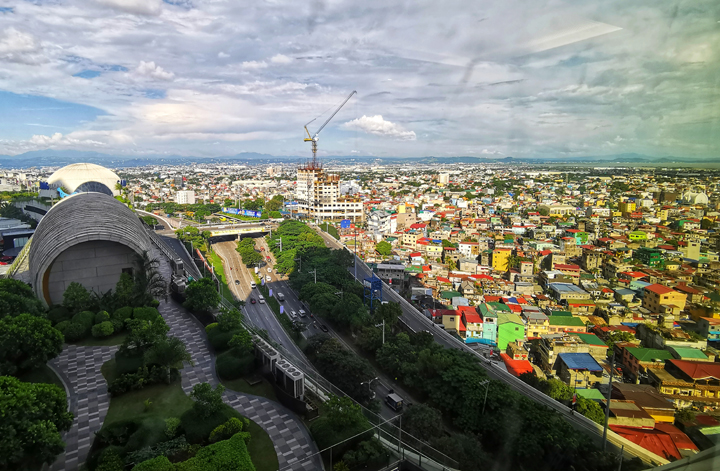
Starting today, Wednesday, 19 more areas nationwide will be implementing the granular lockdown-based Alert Level System (ALS) of the government.
Malacañang said the Inter-Agency Task Force for the Management of Emerging Infectious Diseases (IATF) issued Resolution 144-D, last Monday, which, in effect, expanded the coverage of the pilot study of ALS beyond the borders of Metro Manila.
Presidential spokesman Harry Roque explained the measure would allow the government to further test the effectiveness of the ALS.
Expanded study
Under the new IATF issuance, Negros Oriental and Davao Occidental will be classified under Alert Level 4.
Meanwhile, Cavite, Laguna, Rizal, Siquijor, Davao City, and Davao del Norte will be placed under Alert Level 3.
Alert Level 2 will be implemented in Batangas, Quezon Province, Lucena City, Bohol, Cebu City, Lapu-Lapu City, Mandaue City, Cebu Province, Davao De Oro, Davao del Sur and Davao Oriental.
Roque said the Alert Level in the said areas would be in effect from October 20 to October 31, 2021.
IATF Resolution 144-D also adjusted the criteria before provinces, highly urbanized cities (HUC), and independent component cities (ICC) could be placed under Alert Level 1 to include the inoculation of 70 percent of their population, who are eligible to receive Covid-19 vaccines.
Promising initial results
The new alert system was initially implemented in the National Capital Region (NCR), which was placed under Alert Level 4 last September 17. It was supposed to last until September 30, 2021, before the IATF opted to extend it to October 15, 2021.
Last Wednesday, the IATF decided to lower the Alert Level in NCR to 3, which will be in effect until the end of the month Roque said the government has yet to conclude the pilot study of the ALS, although he noted its implementation in NCR already showed promising results.
“Let us just say the drop in [Covid-19] cases and improvement of health care utilization in Metro Manila has something to do with its adoption of the Alert Level System, which is the reason why the pilot implementation was extended,” Roque said.
He cited the utilization rate of intensive care unit (ICU) beds in the region is declined to 59 percent from around 70 percent days before.
There was also a similar drop in the utilization of isolation beds, which is currently at 38 percent, ward beds (43 percent), and ventilators (45 percent), according to Roque.
“This is aside from the other indicators like the drop in positivity rate, daily average attack rate, and two-week average attack rate [in NCR],” Roque said.
Nationwide implementation
Some health care workers (HCW), however, warned the rapid easing of quarantine measures in NCR under the ALS could lead to a resurgence of Covid cases in the region.
Roque downplayed the concerns, saying the government is closely monitoring all Covid-19 related data in NCR.
He also noted the country can no longer afford to implement large-scale quarantines, which are being pushed by some HCW groups.
The ALS is expected to replace the community quarantine classification scheme, which is currently still being implemented in most parts of the country.
Compared to the community quarantine, which usually involve large-scale quarantine, the ALS makes use of granular lockdowns to isolate infected cases to allow most businesses to continue their operations. .
“Once the effectiveness of the alert level system is fully studied, it will be implemented on a nationwide basis,” Roque said.

